Space Renaissance will be present at IAC2018 in Bremen, October 1st to 5th! The title “Involving everyone” is particularly suitable and interesting, perfectly in tune with our main goal: to kick-off the civilian space development, civilization expansion into outer space, industrialization of the geo-lunar space, developing civil passengers transportation and accommodation in space. We will promote the paradigm change: from space exploration to space settlement! Our presentation “Building in Space: first steps in civil expansion beyond Earth” will be given October 3rd, in the morning, during the D4.2 Symposium: D4. 16TH IAA SYMPOSIUM ON VISIONS AND STRATEGIES FOR THE FUTURE D4.2. Contribution of Space Activities to Solving Global Societal Issues. The paper is co-authored by Adriano Autino (SRI, President), Stefano Ferretti (ESPI), Luigina Feretti (INAF), Alfredo Roma (ex Coordinator of the Galileo Project for Italy), Stefano Antonetti (D-ORBIT). The following text will be handled to the IAC attendees.
HIGHEST PRIORITY: CIVILIAN SPACE DEVELOPMENT
The development of the NewSpace sector, which is triggered by the advent of reusable rockets, new materials and processes, including additive layer manufacturing technologies, is quickly generating a unique industrial and cultural revolution. This remarkable paradigm has the inherent capacity of ensuring the right to development for all Earthlings, as was stated by the UN “Declaration on the Right to Development” in 1986. In progressively shifting the context and burden of industrial development outwards from the Earth’s surface, it will also support the goals of the UN Agenda 2030 for Sustainable Development. This important potential describes the social perspective that we have called the “Space Renaissance”.
We take this opportunity to renew our most urgent recommendations: that the International Astronautical Federation act within all their means to support the immediate prospect of the industrialization of Earth orbit and of geolunar space; based on a long-term strategy that includes the human expansion, and extension of civil rights, into outer space. We are aware that humanity could keep on just exploring space for other 50 years, and the high frontier to remain closed to privates, enterprises, civil expansion and settlement. More: we could even begin exploiting space resources, mined by means of automated machines endowed by artificial intelligence, without expanding civilization into space, avoiding a true colonization. All of that would just increase the pressure on our world, should the planet remain closed. Only a true expansion of mankind into the outer space will reverse the global crisis that our civilization is going through.
A solid industrial perspective
Some industrial activities can give a ROI in a reasonable times. Recovery and reuse of space debris and wreckages, at least in its recovery part, is very much needed, for orbital safety. With proper orbital infrastructures, to capture debris, the logical next step will be to re-process them, getting powders for 3D printing, a platform for orbital ISRU, very first bricks of orbital factories. Assembly of satellites and vehicles in orbit is a large industrial perspective, that will decrease the cost of design, construction and launch: a first step towards a self sustaining space industrial development. There’s a number of in-orbit operations: transport and maintenance of satellites in orbit, refuelling stations, repair shops, orbital sites, orbital yards, spaceports, habitats. All the activities tied to space tourism, such as hotels and lodging facilities, passengers transportation systems (Earth-Orbit, inter-orbit, Earth-Moon). Products from zero gravity, asteroid and lunar mining are other very promising industrial activities, on which several startups were already born.
Priority to enabling technologies
Acknowledging the dramatic need to start moving and accommodating civilian untrained passengers in space, we urge a strategy to achieve as soon as possible few key objectives: low-cost, safe and comfortable transportation of civilian passengers in space, protection of their life and health during travel and while working and living in space; recovery and recycling of space debris; construction technologies in-orbit, along with dedicated programs for in-orbit validation to be initiated at the earliest phase; exploitation of asteroids and planetary resources, enabling the construction of large rotating infrastructures in geolunar space. Priority shall be given to enabling technologies. Humanism is a necessary background for any scientific and technological design and development: starting from the need of real persons is key. If technicians and businessmen need to travel in space in large number, the cost of the transport vehicles shall be reduced. Moreover, the vehicles need to be properly designed to transport civilian passengers, who have not been trained as astronauts. Accelerations should not exceed those of a normal airliner, not too much at least. A new spirit of collaboration among different NewSpace sectors, space vehicles developers, reusable rockets producers, space tourism, space agencies and civil aviation, is highly recommended. Softer and safer atmosphere return technologies are required. Protection against cosmic radiation is top priority, and so is artificial gravity. Last, but not least, man cannot live in a full metal artificial environment: any space habitat, be it constructed on a celestial body surface or in orbit or in a Lagrange point, shall be endowed with vegetable terrestrial life, not only for food production, but also for the sake of environmental / psychological health. That means to accelerate the experimentation of artificial ecosystems in closed environments.
A brief speech given at UNISPACE+50 in Wien, 19 June 2018
During the “Space and Society” plenary session, the President of SRI, Adriano Autino gave this brief note: “Humanity is facing three main challenges. The first one is the so-called save-the-planet thing, many goals of the 2030 agenda include these goals, climate change and other things. Let’s say to use space for Earth environment. The second challenge is space exploration, that will maybe take us to Mars with a first expedition. The third challenge is to save the civilization. Our analysis at Space Renaissance International is that this third challenge is disregarded and underestimed, because eight billion terrestrials cannot save their civilization if they will not begin immediately to expand into space. Expansion of civilization into space is a different thing from the exploration of space. Exploration can be done only by trained astronauts, able to bear acceleration of 4-5G’s, and to face hard and dangerous re-enter in the atmosphere. So, what we need, if we are serious to carry civilian passengers into space, is a full change of paradigm in the mission requirements. If we want to travel work and live in space we have to be protected by cosmic radiation, we have to have artificial gravity in order to avoid the problems for health, low acceleration, safe reenter, etc. A full change of paradigm. I would like to see not only the space tourism branch to face this problem. I would like to see many other industrial, commercial and governmental branches to be aware of this challenge, to save our civilization from a possible implosion caused by the many problems that we have on this small planet now.”
Who we are
- Space Renaissance International is a global, open-membership volunteer organization, with a strong philosophic background inspired by the legacies of the 14th century Renaissance, New Humanism and Astro Humanism.
- Our organization is present in 25 countries, in five continents: Europe, America, Asia, Africa and Oceania.
- Our philosophy is the strong bond based on human equality without ethnic, religious, political or gender discriminations and our efforts are focused to expand civilization in the outer space.
Our mission and goals
- We are dedicated to trigger a change in worldwide perception and policy towards space travel and its uses, by increasing the financial and human investment in space many-fold and helping to focus that investment effectively.
- We seek to begin a new Renaissance that will lift humanity from the cradle of Earth, open up the Solar System and, eventually, the stars, moving forwards from education and culture towards an advanced scientific and technological development.
- We connect aerospace and NewSpace companies, institutions, NGOs, Governmental Organizations, space agencies and individuals in order to boost civil expansion in space.
- According to the resolution of the Space Renaissance International II World Congress, held in October 2016, we focus on the bootstrap of civilization expansion into outer space, by promoting civilian space development as top priority worldwide.
- Build orbital, lunar and asteroid settlements to create a strong sustainable space economy and a culture based on a larger perception of the world, extended to the whole solar system and its surrounds.
Our Vision
- Space development on a massive and exponential scale will significantly contribute to a global political stability as it will provide a fast growing economy, with constant evolving markets. The rapid development of this resource will require the cooperation and participation of all nations and peoples.
- We strongly support the UN Charter of Rights and we feel the urgency to expand mankind’s horizon into extraterrestrial space, as Earth resources are limited, growth is dramatically needed, but further growth is unsustainable within the limits of our mother planet.
- We need quick solutions to avoid the regression and decay of civilization. We can reach this goal only by cooperating globally, better using existing space technologies and developing new ones, and working to enter a new era: the age of Space Renaissance.
Our Academy
- Space Renaissance International develops its Education & Outreach effort in a dedicated branch: the Space Renaissance Academy
- SR Academy hosts, so far, an overview of some projects and three main classrooms:
- the Gerald O’Neill Room, includings webinars and e-lectures
- the Krafft Ehricke Room, including technical sessions
- the Konstantin Tsiolkowsky Room, dedicated to talks, video recorded, among space philosophers, scientists, writers
- Space Renaissance Academy offers seminars, courses and master-classes on philosophies and technologies for a new industrial and cultural development, to students, companies, education entities.
Our Corporate Membership Offer (abstract)
- Networking: sharing experiences and meeting new partners; contacts feed the business and are the key to success
- Business Services: supporting business growth through the expansion of business relationships
- Advocacy: working as an intermediary between companies and institutions, to ensure that the addressed issues are submitted to the most appropriate decision makers; safeguarding own interests is easier when having allies
- Edu-coaching: supporting companies who plan to expand in the NewSpace market, providing their expertise and relationships
- StakeHolders analysis: supporting NewSpace and Traditional Aerospace companies analysing the requirements of possible stakeholders, with the goal to identify innovative solutions and projects
Also download a pdf version of this text, suitable to be handled as a flyer.

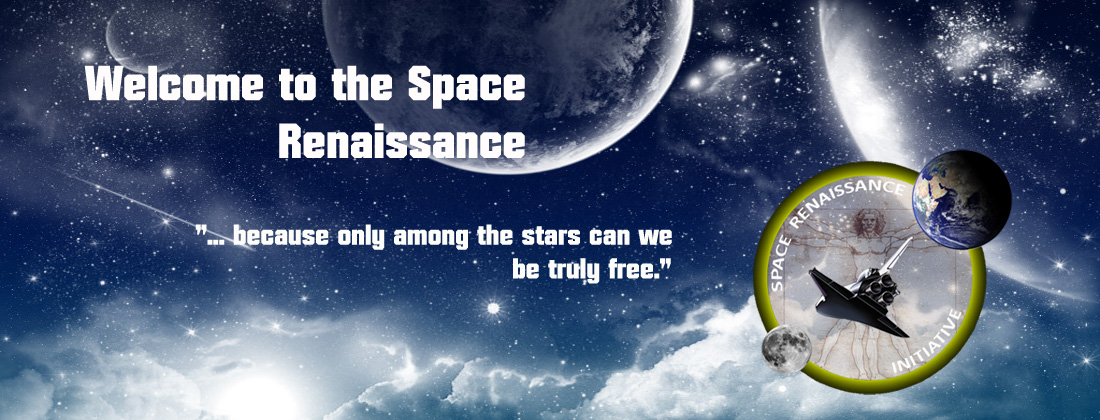
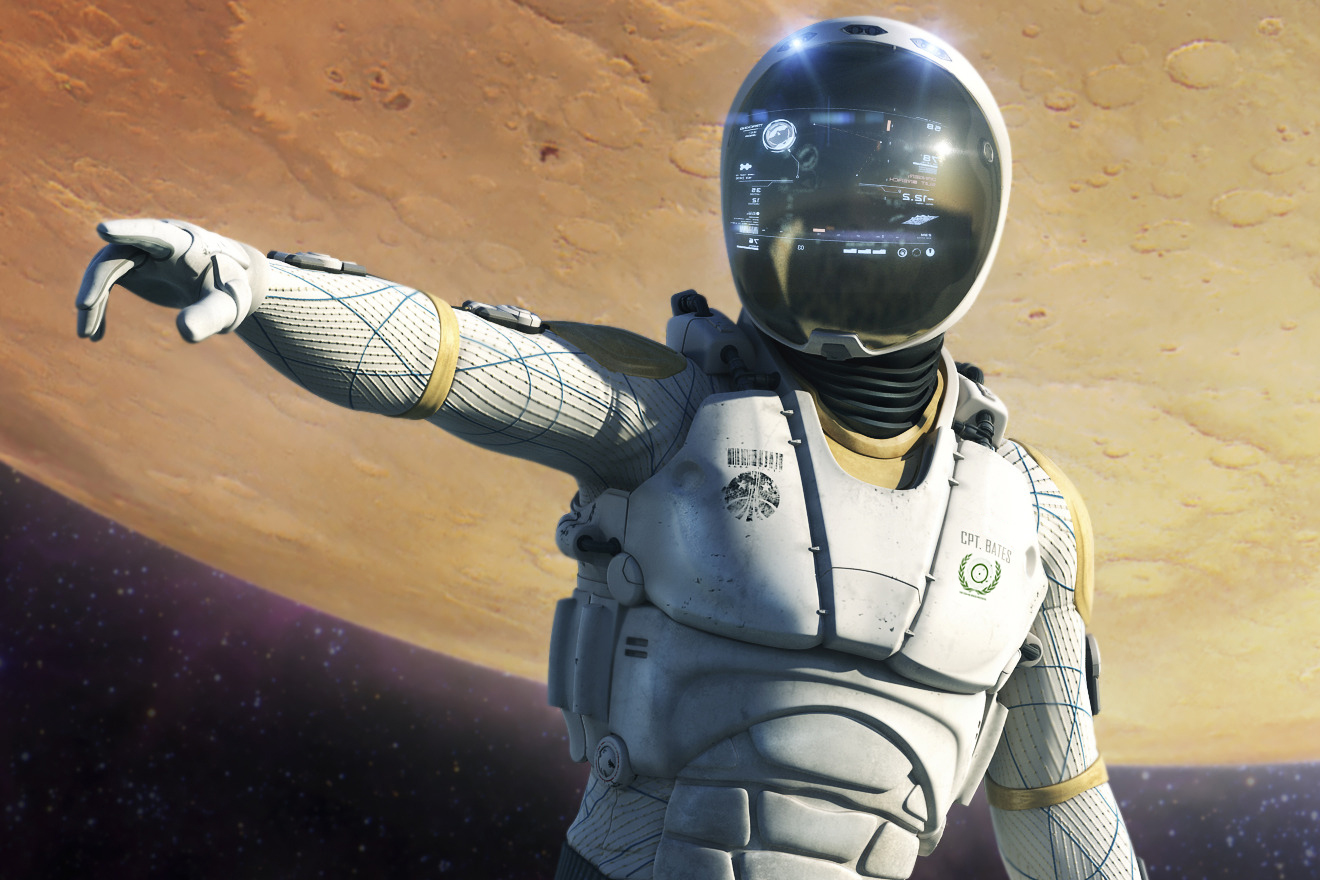
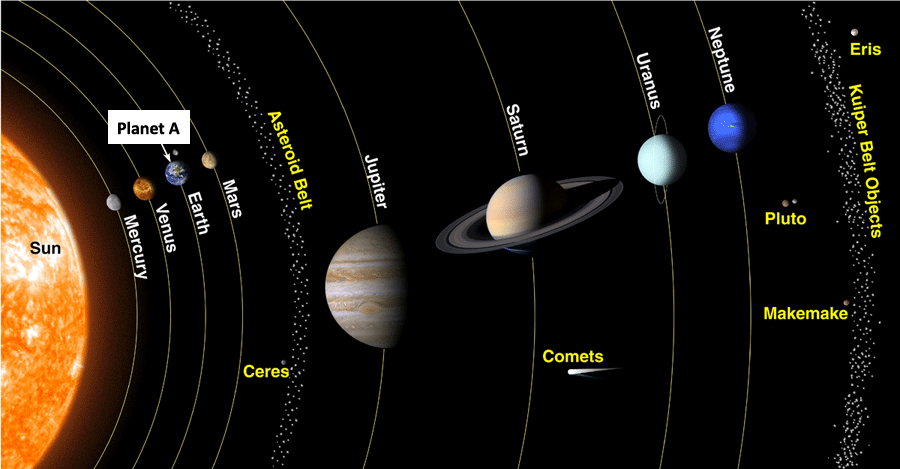

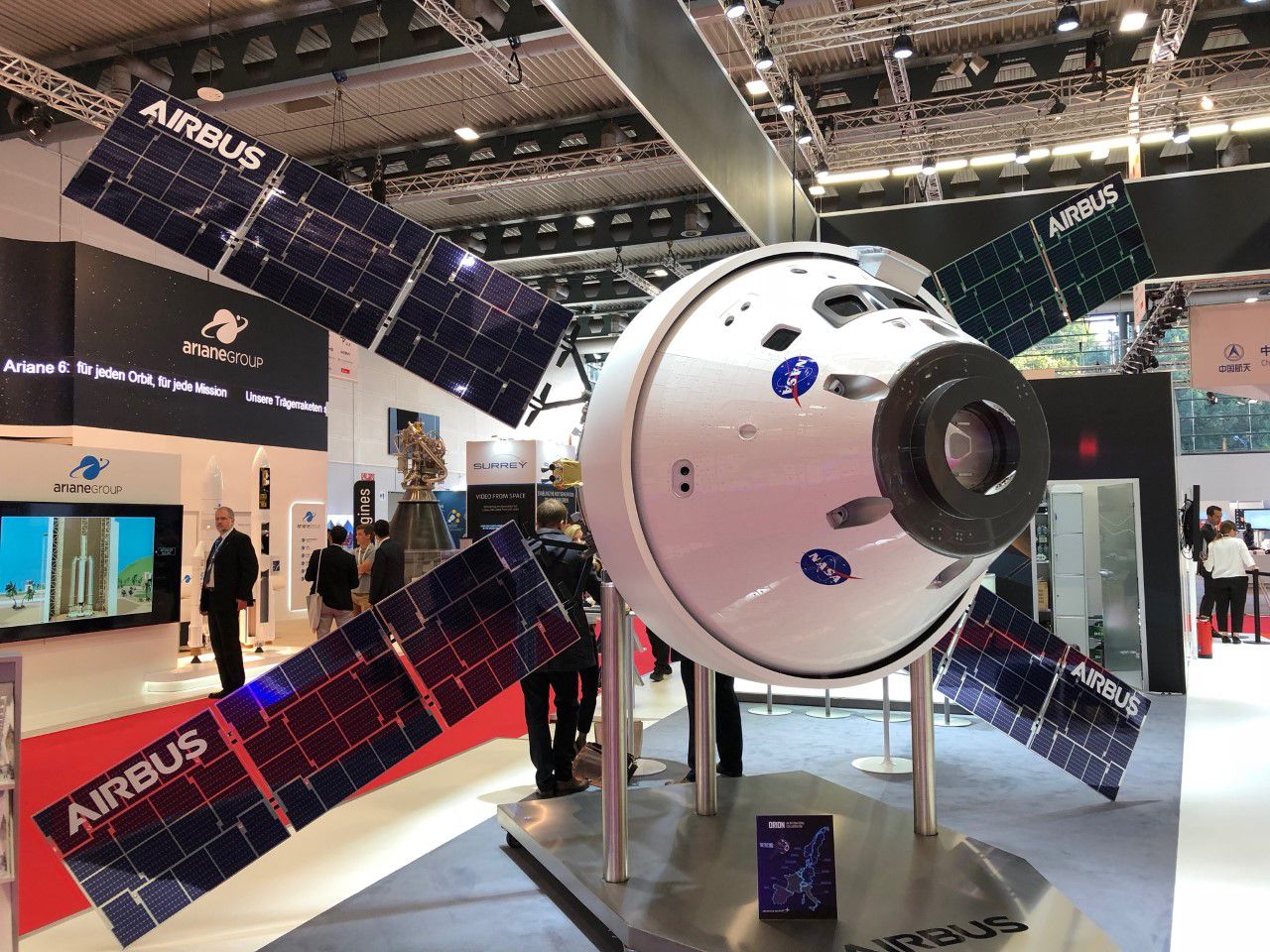

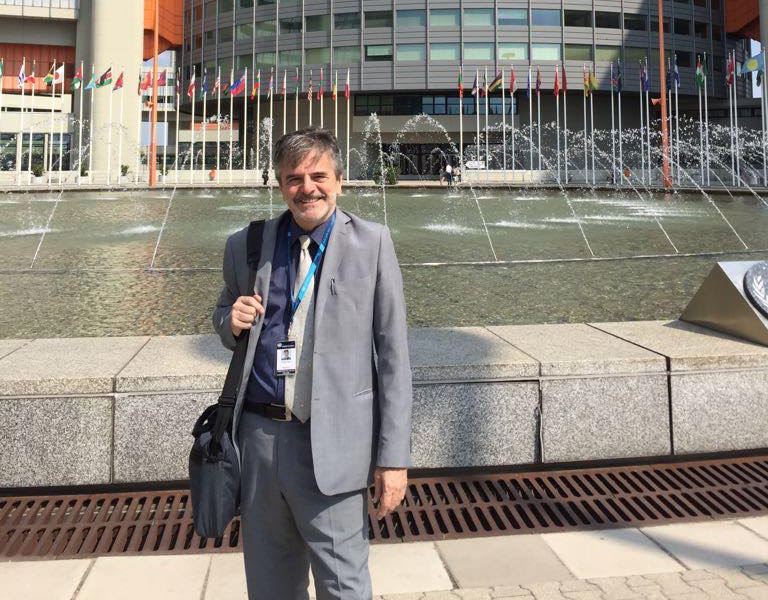
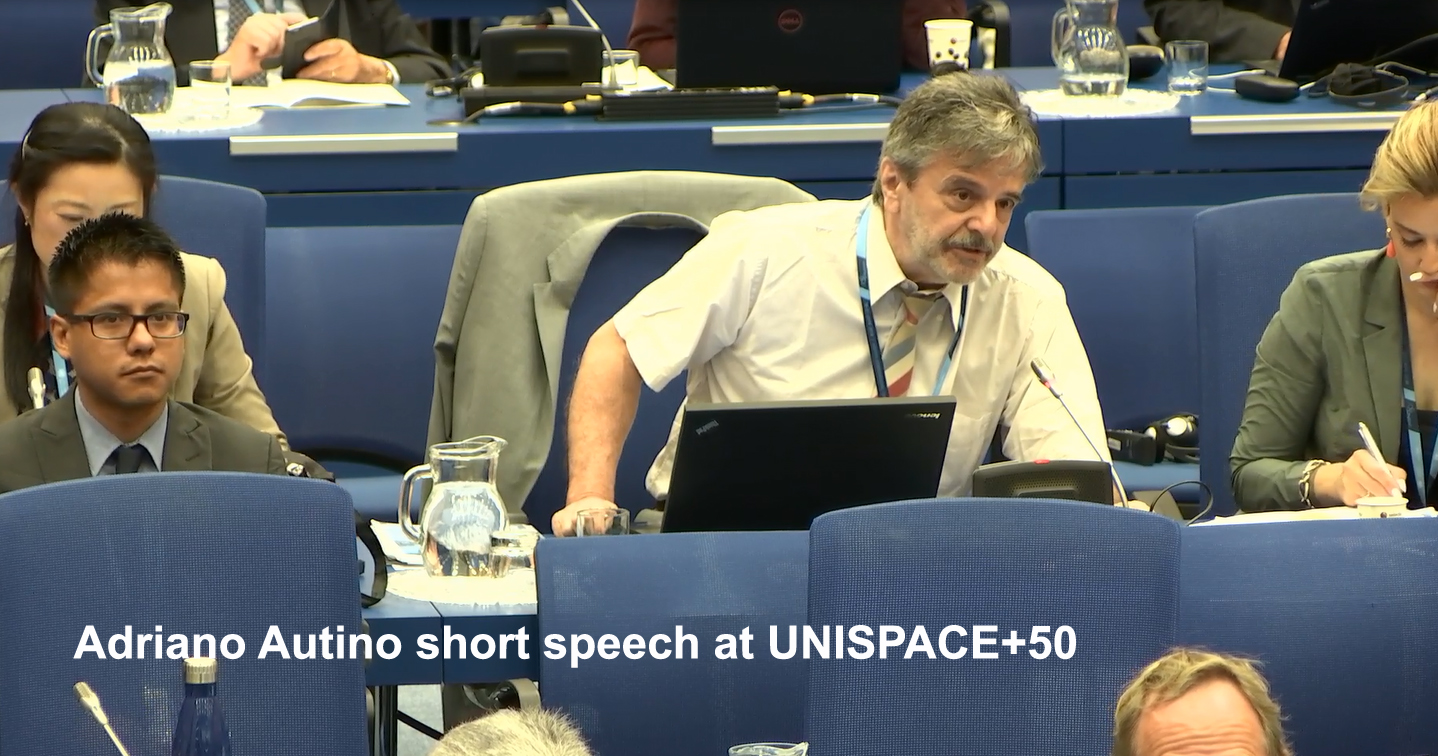
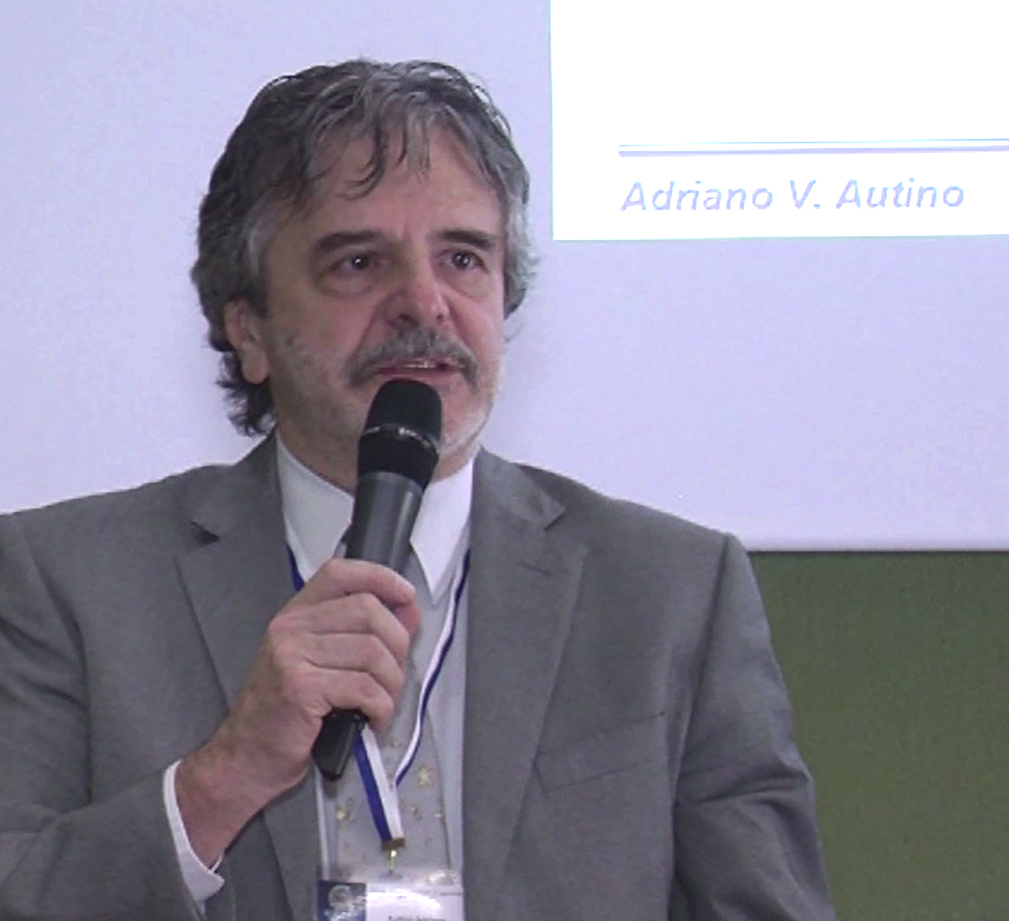



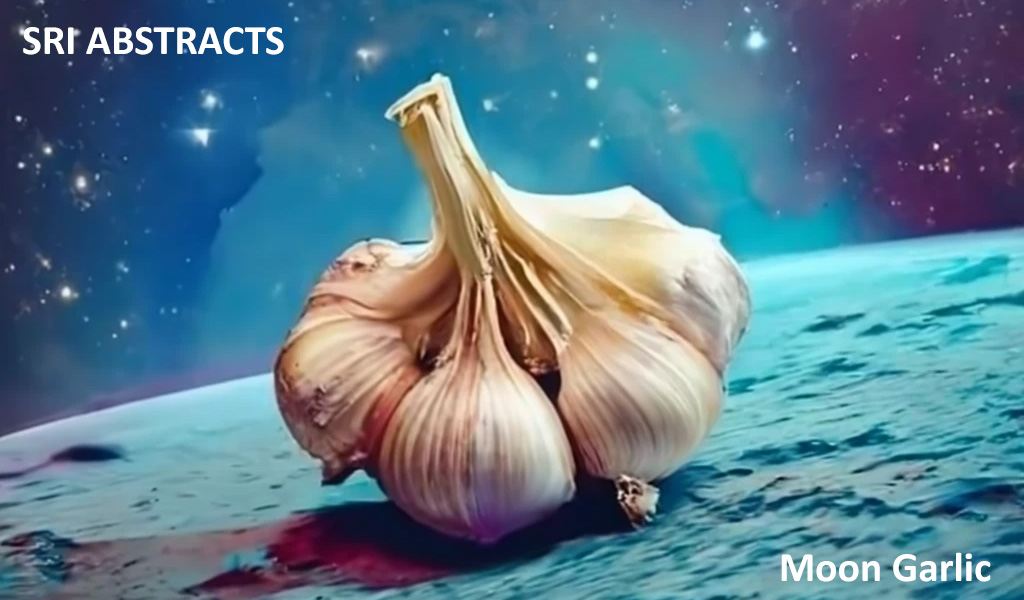

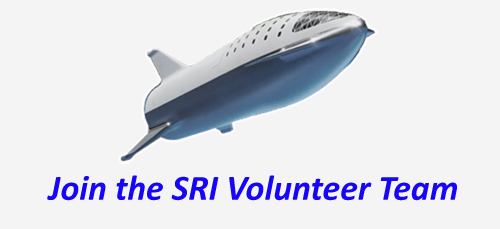



 Space Renaissance France (French Chapter of SRI)
Space Renaissance France (French Chapter of SRI)  Space Renaissance USA, Inc. (USA Chapter of SRI)
Space Renaissance USA, Inc. (USA Chapter of SRI) Space Renaissance (Italian Chapter of SRI)
Space Renaissance (Italian Chapter of SRI) Space Renaissance Academy
Space Renaissance Academy Space Renaissance Initiative Group
Space Renaissance Initiative Group